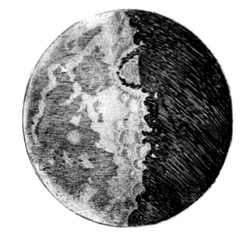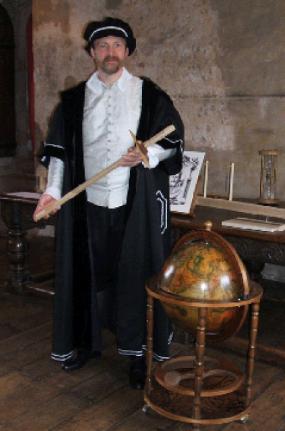 |
|
|
Galileo and the Stolen Telescope |
|
 |
|||||
 |
|||||
|
In the year 1609 that most illustrious savant Sgr. Galileo Galilei first turned the telescope (which he claimed to have invented) upon the heavens. What he saw there, and described in his book The Starry Messenger changed forever mankind’s understanding of the Solar System. To mark the 400th anniversary of this world-changing event L M Interactive is proud to present our first costumed science show, Galileo and the Stolen Telescope which introduces Galileo’s thinking as a pioneer of modern science and tells the true story of the ‘invention’ of the telescope and the amazing discoveries made with it four centuries ago. The story is told, and illustrated with period style experiments, (and modern audience participation) by Galileo’s friend Fillipo Salviati. The show is in three ‘Acts’: after a brief introduction the audience is invited to travel back in time to 1610 to hear Salviati explain Galileo’s work. Because Salivati back in ‘1610’ has no modern visual aids we then finish off back in the 21st century with some experiments using modern equipment to demonstrate exactly what Galileo did, what he saw, and what he was entitled to conclude from it. This show is suitable for audiences at KS3 (age 11) and above, and will be of interest to students studying Tudor and Stuart history, the science of the solar system, the nature of scientific method and the history of science. It is also particularly suitable for family and adult audiences Key Concepts: Science progresses through the testing of theories against observation and experiment. Galileo as a pioneer of this 'scientific method'. Galileo's discoveries of the mountains on the Moon, the (inner) Moons of Jupiter and the phases of Venus. How lenses can be combined to make simple telescopes. The defects of these telescopes. What Galileo was able to see with his telescopes. Galileo's observations are consistent with the idea that the Earth moves - but are not proof of this hypothesis. USE YOUR BROWSER'S 'BACK' BUTTON TO RETURN TO THE PREVIOUS PAGE
|
||